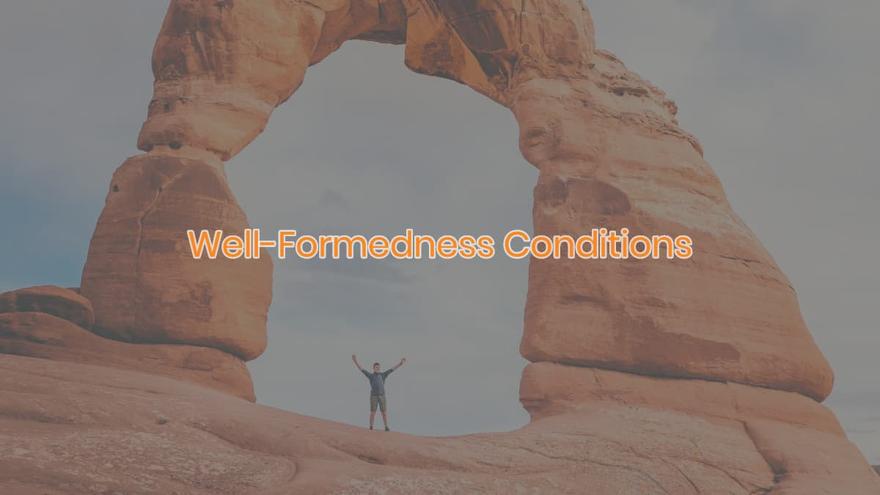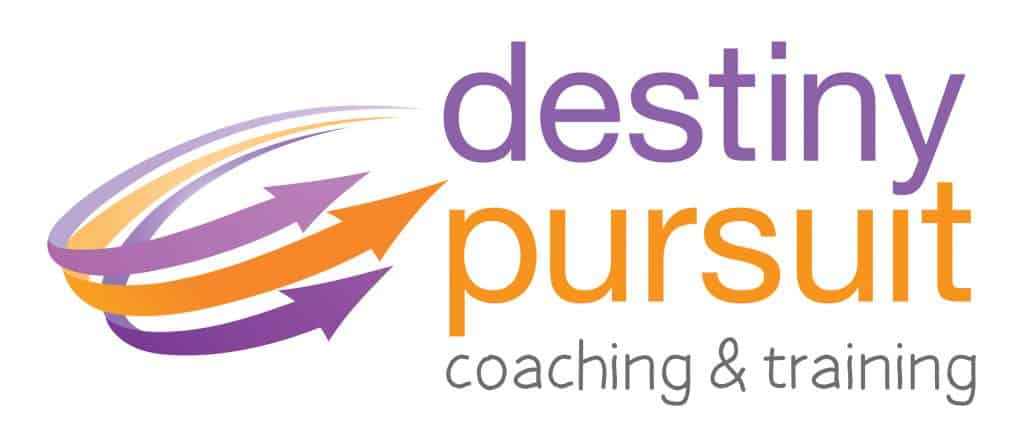Well-Formedness Conditions - NLP Matters, Episode #023

In this episode, we’ll start to explore yet another really useful NLP tool that adds the final layer to our theme of Building our Successful Life and ensuring our goals are ready to go. This tool is called the Well Formedness Conditions. When we apply these conditions to our goal we get to do our final check to confirm both the absolute alignment and resilience of our goals.
Listen to the podcast to learn more.
Listen to the Podcast
Here are some key takeaways from this episode:
- There are two common ways our goals can fall down. It is either because the goal lacks sufficient and specific detail for it to be achieved or the goal doesn’t align enough for us to really go for it.
- A goal must be framed in a way that enhances our capability to be achieve it successfully.
- The GROW model (with the steps of writing down our Goal, checking it against reality, anticipating the possible Obstacles and thinking about Options, and finally working out a Way Forward) and the SMART model ((ensuring our goal is Specific, Measurable, Achievable, Realistic, Timely and Towards), are two other models that people use to get clarity on their goals.
- Both the GROW Model and SMART Model have a structure that extends beyond merely coming up with the goal in your head. Each of these models provide us with some focus and details that we need to clarify so we can start to build a structure around our goals. Each of these models provide us with some focus and details that we need to clarify so we can start to build a structure around our goals.
- The GROW Model and SMART Model are most useful when embedded within the 5 Success Principles and/or the Keys to An Achievable Outcome, but as standalone models they do not go far enough to ensure we have all we need to really achieve the success we are after.
- The Well-Formedness Conditions have been designed in recognition of the fact that for us to maximise our chances of success, it’s not just that the goals need detail, rather it is the SPECIFIC KIND OF DETAIL we include within our goals that is critical to their success.
- Approaching our goals from all different perspectives in order to build both conscious and unconscious alignment also builds the goal’s resilience.
- The Well Formedness Conditions gives us a final check – are we ready to go with this goal? It gives us the specific structure to make sure our goal is both resilient, so it will be able to stand up to the rigorous tests that life can throw at us; and clearly outlined, so that the goal is so specifically described that anyone else could pick up the goal and run with it.
The Well-Formedness Conditions
- State our goal in positive terms - not in terms of what you don’t want, but in terms of what you do want. Stated in the positive also means we are moving towards a goal, rather than away from an unwanted state.
- Ensuring that the goal is self-initiated and maintained - make sure that the goal is for you, not for somebody else, and confirm that the goal is in your own control.
- Describe the outcome in specific sensory-based terms as well as the steps needed to get there - use all your 5 senses to describe the outcome - what you will see, hear, feel (and smell and taste if relevant) when you get your goal. It is important to use sensory specific descriptions because this is how our unconscious mind processes information. It comes into our awareness from the world through our 5 senses. Describing your goal this way says to your unconscious mind, this is what you are focused on.
- Ensure that the goal is ecological - the internal check says that the goal aligns with your identity, your values and your beliefs, and the external check says that you are aware of and OK with the consequences of your goal on ourselves and others.
- Ask yourself - Is there more than one way to achieve this goal? If you believe there is only one way to get there and for some reason that path is no longer available to you, then it seems like the only option you have is to walk away, and fail, but if you have identified 3 or 4 or perhaps even 7 or more ways that you can achieve the same outcome then an obstacle on your path just means you rely on your behavioral flexibility and choose one of the alternate paths.
- Review and confirm the steps for your goal that you identified earlier - here, you expand the specific detail on the first step, making sure that it is specified clearly and that it is, in fact achievable. This is your opportunity to complete the first step with as much detail as possible because the greater detail you give, the more you engage your unconscious mind and create that congruent alignment.
- Confirm that our goal increases the choices that you have - When a goal is perceived to reduce your choice or limit you in some way then you will lose the alignment and congruent commitment to go for the goal. This final well-formedness condition allows you to check that both the process of pursuing our goal and ultimately achieving the goal itself does give you more choice in our life.
When you have completed the well-formedness conditions, you know that all your preparation and planning has now put you in the position where achieving your goal is just a matter of following the steps because you have done the work. You have built resilience into your goal, and that means you can be certain that your outcome – your goal – is so robust and ‘sticky”, you really can become unstoppable!
In the next episode, we’ll go into depth with the first and second of the Well-Formedness Conditions - stating our goal in positive terms and to have the goal initiated and maintained. Together, we will identify how this technique continues the work we have already done so far on how we can build a truly successful life.
Listen to the Podcast
Joanne Clark
Joanne Clark is an Internationally accredited Master Trainer of NLP who has been delivering NLP training since 2011. Being on her feet in front of training rooms is where Jo loves to be and her passion for inclusive and immersive training that delivers outstanding learning outcomes is apparent to everyone in her training rooms. On average Jo delivers 140 days of training per year in addition to online webinars, guest speaker events and group coaching.
“NLP is at the core of all my training and coaching, it is at the core of who I am, how I interact and connect with people. I am absolutely passionate about spreading the NLP tools across the planet as I endeavour to support Robert Dilts’s vision of Creating a world to which people want to belong.” Joanne Clark
Certified Master Trainer of NLP; Master Practitioner NLP, Hypnotherapy & Matrix Therapies; Performance Coach; Cert IV Coaching; Advanced Practitioner in Coaching; Cert IV in Business; BA(Hons); Majors in Sociology and Psychology; Parent Education Leadership Training (PELT) Certificate; Mother of four children; Private Pilot (PPL); Diploma in Life Coaching


0 comments
Leave a comment
Please log in or register to post a comment